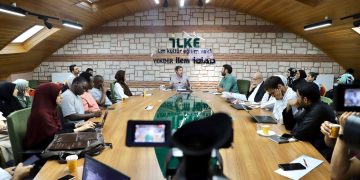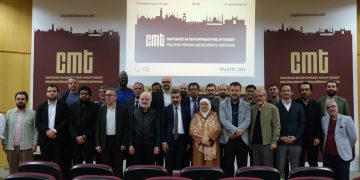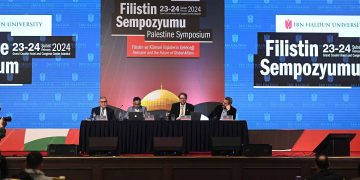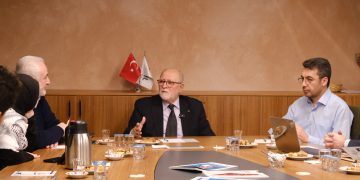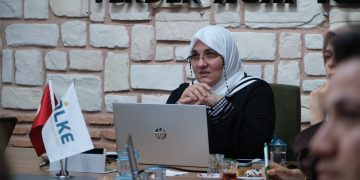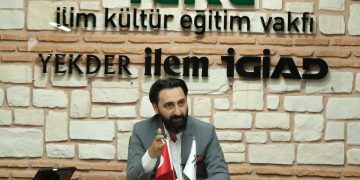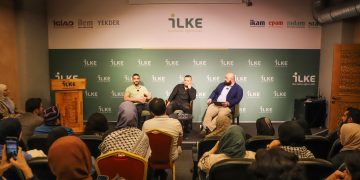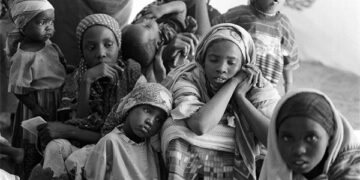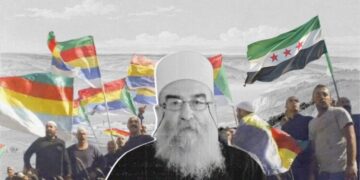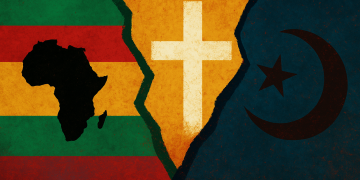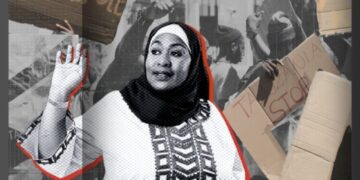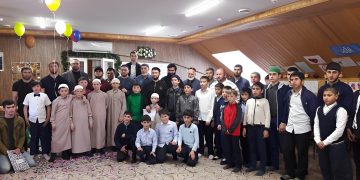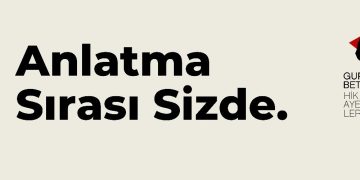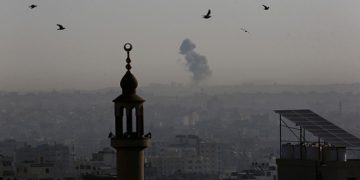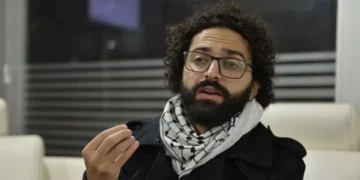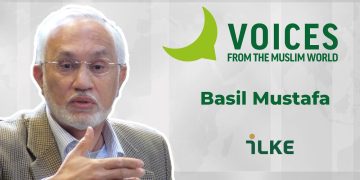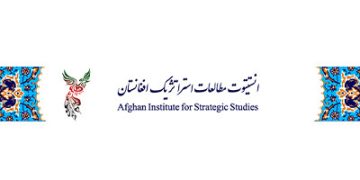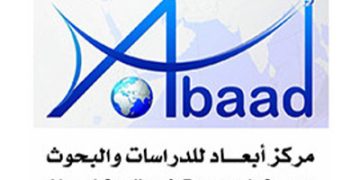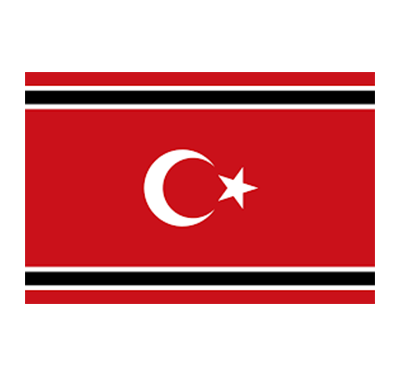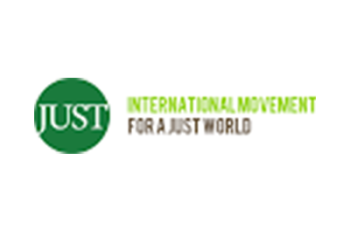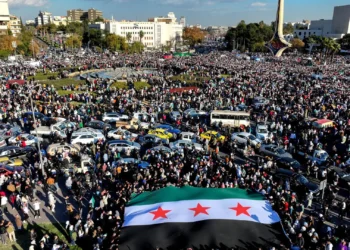Acehnese people are a Muslim people struggling for independence within Indonesia. Although one of the arguments for Aceh’s struggle for independence is Islamic, economic reasons are more dominant. For this reason, after the Dutch colony withdrew from Indonesia, the Acehnese recognized the Javanese government as a Javanese colony. According to the Acehnese, the Javanese government is trying to spread the ideology of “Javanism” rather than treating all people in Indonesia equally. The Aceh Freedom Movement believes that Indonesia makes collaboration with the Dutch government because they have given the Javanese control over only 7% of the country. The Aceh Freedom Movement is a continuation of the Dar’ul Islam Movement.
In 1976, the struggle officially began when Hasan Di Tiro read a declaration of independence with twenty-four of his friends. Economic reasons played an important role in the birth of the movement. The inability of the Acehnese to benefit from the natural gas in North Aceh at that time was one of the driving forces behind the emergence of the movement. Aceh is the richest region of Indonesia in terms of natural gas and oil. Unlike Indonesia, which emerged as a secular country, Islam played a more decisive role for the Muslims of Aceh. The Aceh Freedom Movement did not initially resort to armed struggle. In the 1990s, the Aceh Freedom Movement started to take up arms after the military cracked down on Acehnese villagers. Thus, the Aceh Freedom movement transformed from political struggle to armed struggle. After the Indonesian army killed 10 of the 24 founders of the movement, the movement started an armed struggle and the Aceh-Sumatra National Liberation Movement (ASNLF) was established (Özay, 2012). At the time of the organization’s establishment, it did not have strong public support, but support for the movement increased in the following years.
750 GAM fighters were trained in Libya and returned to the country, after which the Indonesian government imposed martial law in the 1990s. Martial law was accompanied by human rights violations, which increased public support for the organization. The oppression and torture suffered by the Acehnese were brought to the agenda on the basis of international human rights; as a result, a peace agreement called COHA was signed after the negotiations that started in Geneva in 2000. However, the Indonesian government did not fulfill its promise to grant Special Autonomy to Aceh in 2001. In 2003, the “Tokyo Preparatory Conference on Peace Reconstruction in Aceh” was attended by representatives from the EU, the US, Japan and the World Bank, but the spokespersons of the movement were arrested by the Javanese government. At the same time, the government launched military operations in Aceh. (Interview: Indonesia peace negotiation and its key mechanisms, 2018)
In 2004, 200,000 Indonesians lost their lives after a 9.1 magnitude earthquake and tsunami. Since most of the deaths were from Aceh, the Javanese government started to provide aid to the region. It is known that peace talks have accelerated since then. As a result of the Indonesian government’s political determination and the organization’s exhaustion from years of conflict, the Aceh Liberation Movement gave up its independence rhetoric. As a result of the talks, a memorandum of understanding and the Aceh Monitoring Committee were established. Although the Aceh Monitoring Committee took office in 2005 and finished its task in 2006, the work continued until 2012. The people of Aceh had the right to elect their own governors, administrators and regional administrators in local elections. At the request of the people of Aceh, Sharia law is implemented. Although the Aceh freedom movement gave up the idea of independence, it had an autonomous administration (Ravich, 2000).”
References
Özay, M. (2012, May 11). Açe Özgürlük Hareketi (Gam -Gerekan Aceh Merdeka). Güneydoğu Asya Çalışmaları. https://guneydoguasyacalismalari.com/2012/05/11/ace-ozgurluk-hareketi-gam-gerekan-ace/
Ravich, S. (2000). Eyeing Indonesia through the Lens of Aceh. The Washington Quarterl, 23(3), 5-20.
Söyleşi: Endonezya barış müzakeresi ve kilit mekanizmaları. (2018, July 4 ). Truth Justice Memory Center . https://hakikatadalethafiza.org/endonezya-baris-muzakeresinin-kilit-mekanizmalari/

